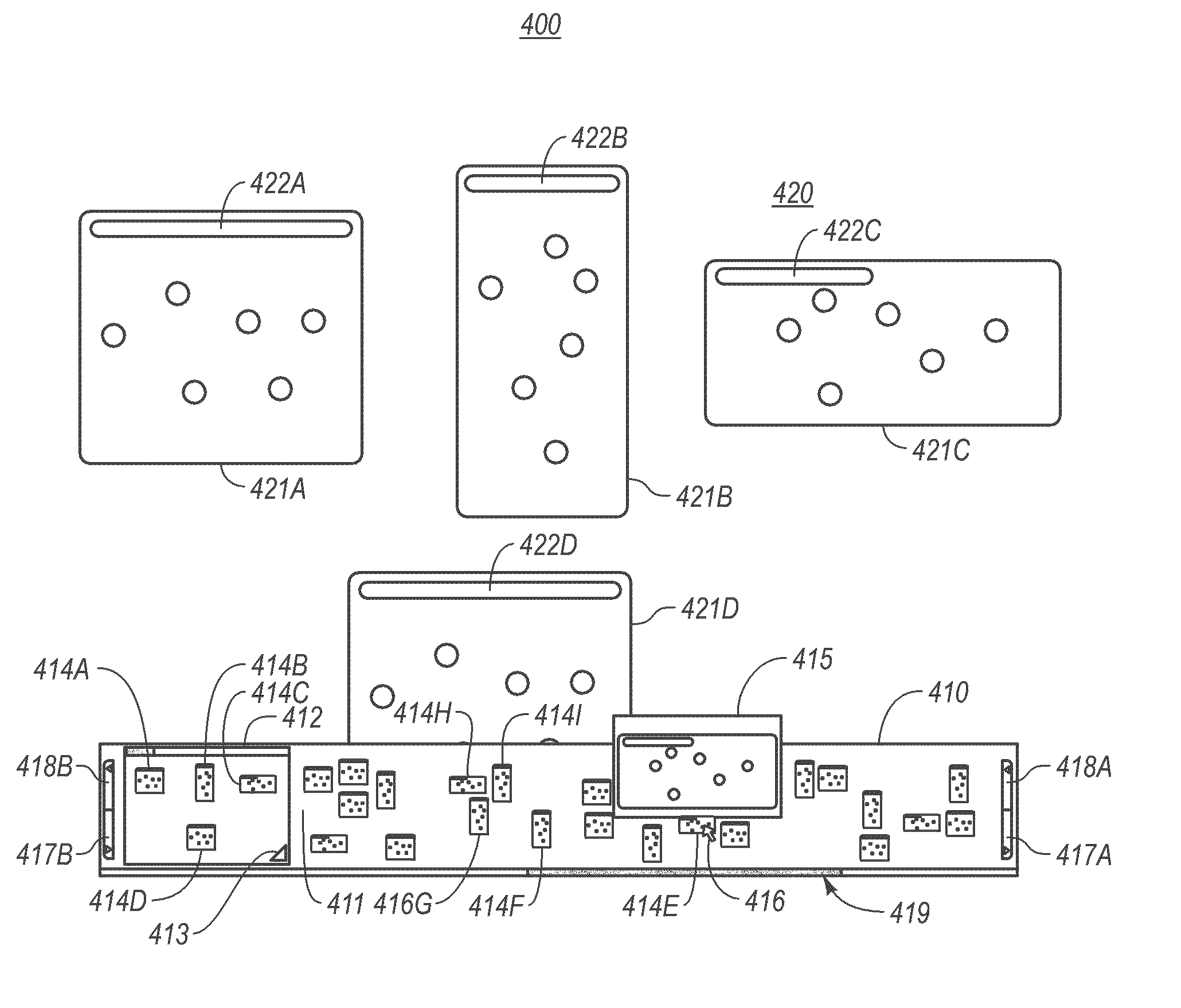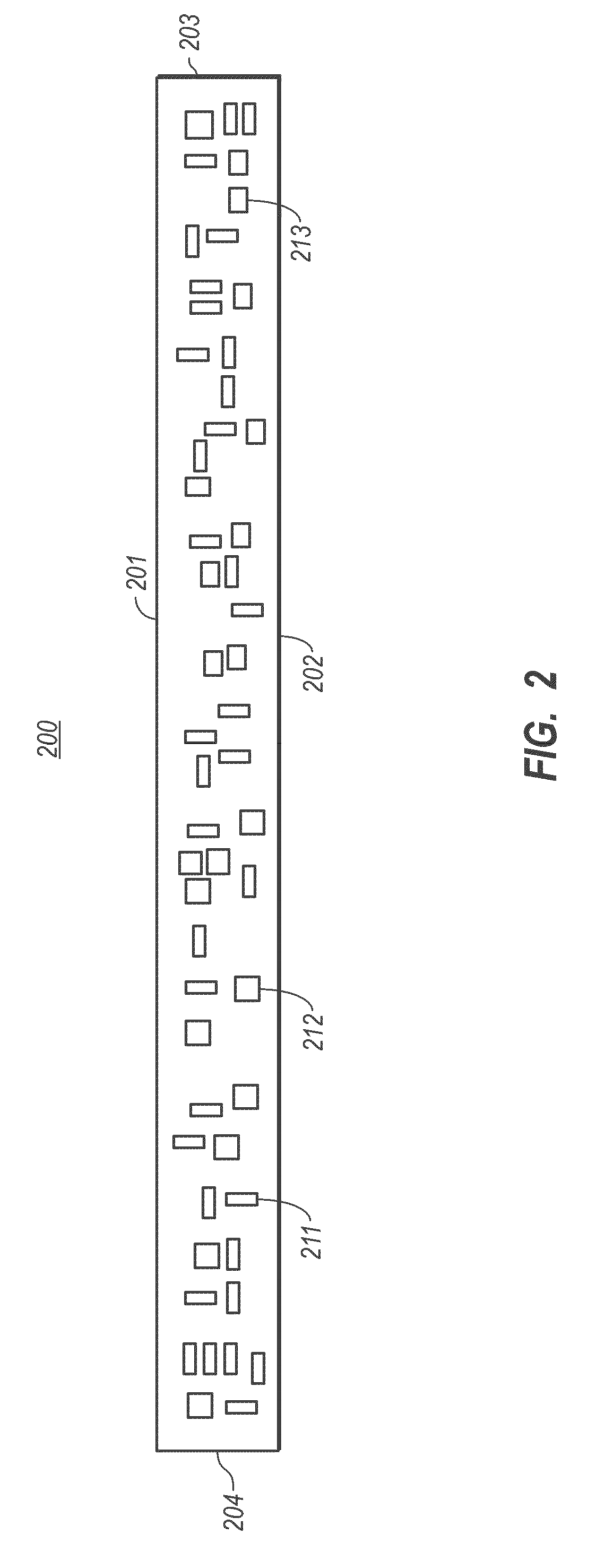Controlled interaction with heterogeneous data
a heterogeneous data and control technology, applied in the field of controlled interaction with heterogeneous data, can solve the problems of taking significant computing resources and sometimes time to switch contexts, requiring that much more resources to get the application opened in the first place, and requiring computers to switch to word processing applications
- Summary
- Abstract
- Description
- Claims
- Application Information
AI Technical Summary
Benefits of technology
Problems solved by technology
Method used
Image
Examples
Embodiment Construction
[0023]In accordance with embodiments described herein, A two-dimensional canvas onto which heterogenic objects of various types may be arranged side-by-side. Each type of object has an associated set of control(s), the control(s) at least partially differing from one type to the next. Upon detecting user interaction with the canvas, the system identifies an object that the user is interacting with, identifies the objects type, and then identifies and invokes the appropriate control given the type and given the user interaction. First, some introductory discussion regarding computing systems will be described with respect to FIG. 1. Then, various embodiments of user interface that permit editing of objects laid out on a canvas will be described with respect to FIGS. 2 through 15.
[0024]Computing systems are now increasingly taking a wide variety of forms. Computing systems may, for example, be handheld devices, appliances, laptop computers, desktop computers, mainframes, distributed c...
PUM
 Login to View More
Login to View More Abstract
Description
Claims
Application Information
 Login to View More
Login to View More - R&D
- Intellectual Property
- Life Sciences
- Materials
- Tech Scout
- Unparalleled Data Quality
- Higher Quality Content
- 60% Fewer Hallucinations
Browse by: Latest US Patents, China's latest patents, Technical Efficacy Thesaurus, Application Domain, Technology Topic, Popular Technical Reports.
© 2025 PatSnap. All rights reserved.Legal|Privacy policy|Modern Slavery Act Transparency Statement|Sitemap|About US| Contact US: help@patsnap.com



